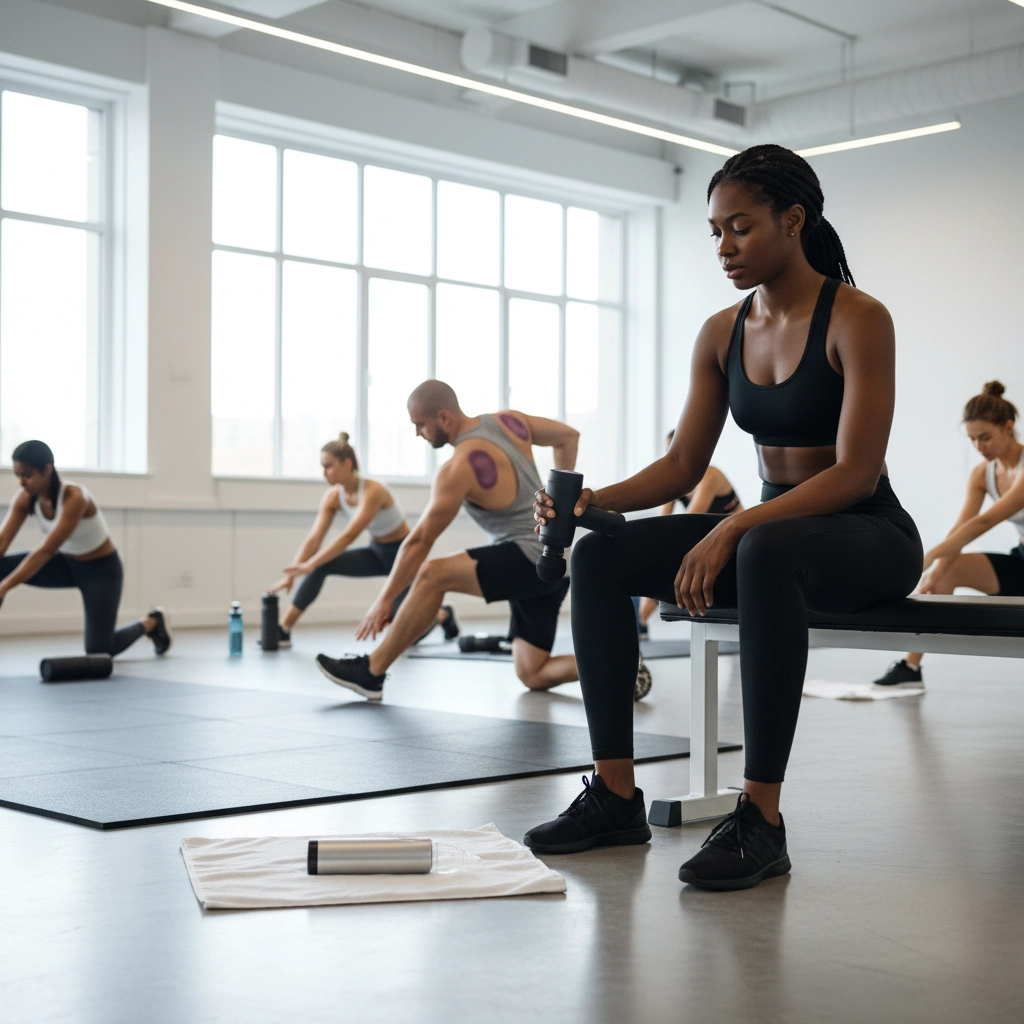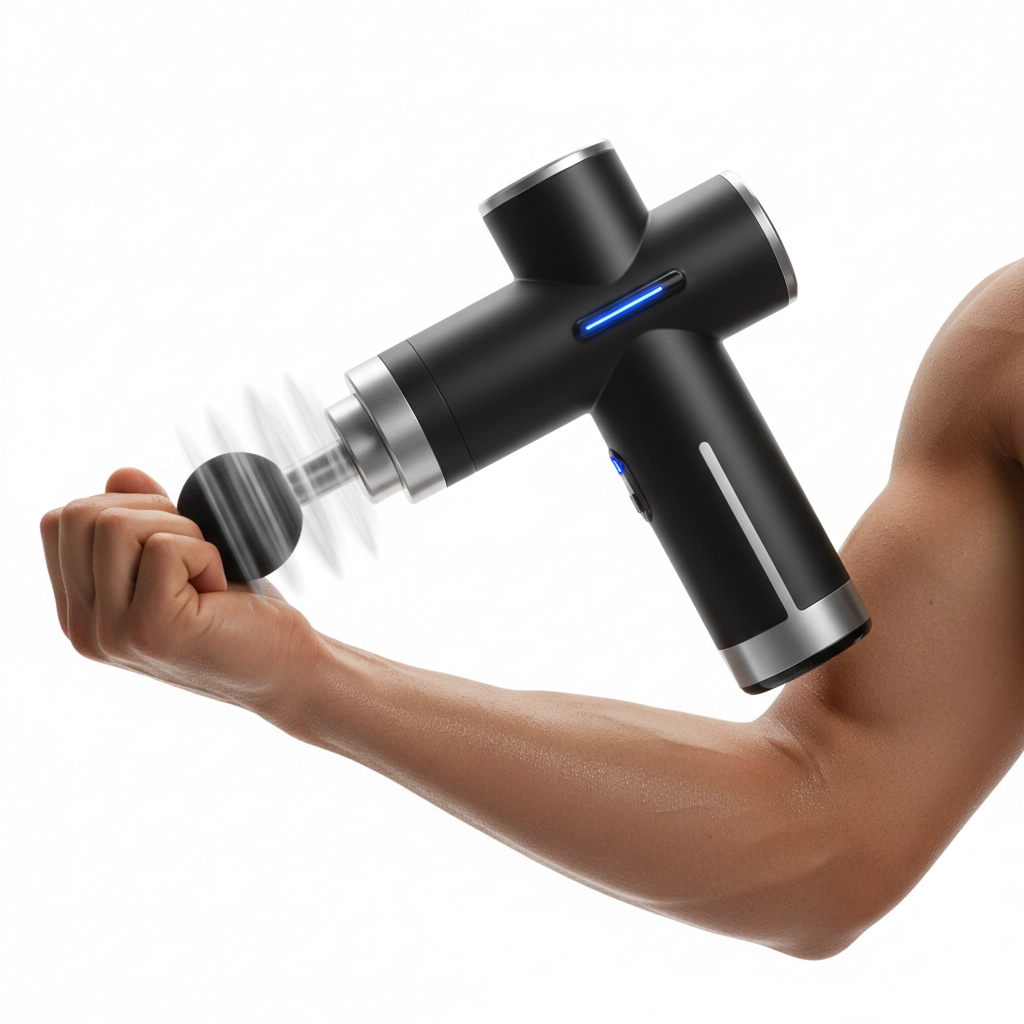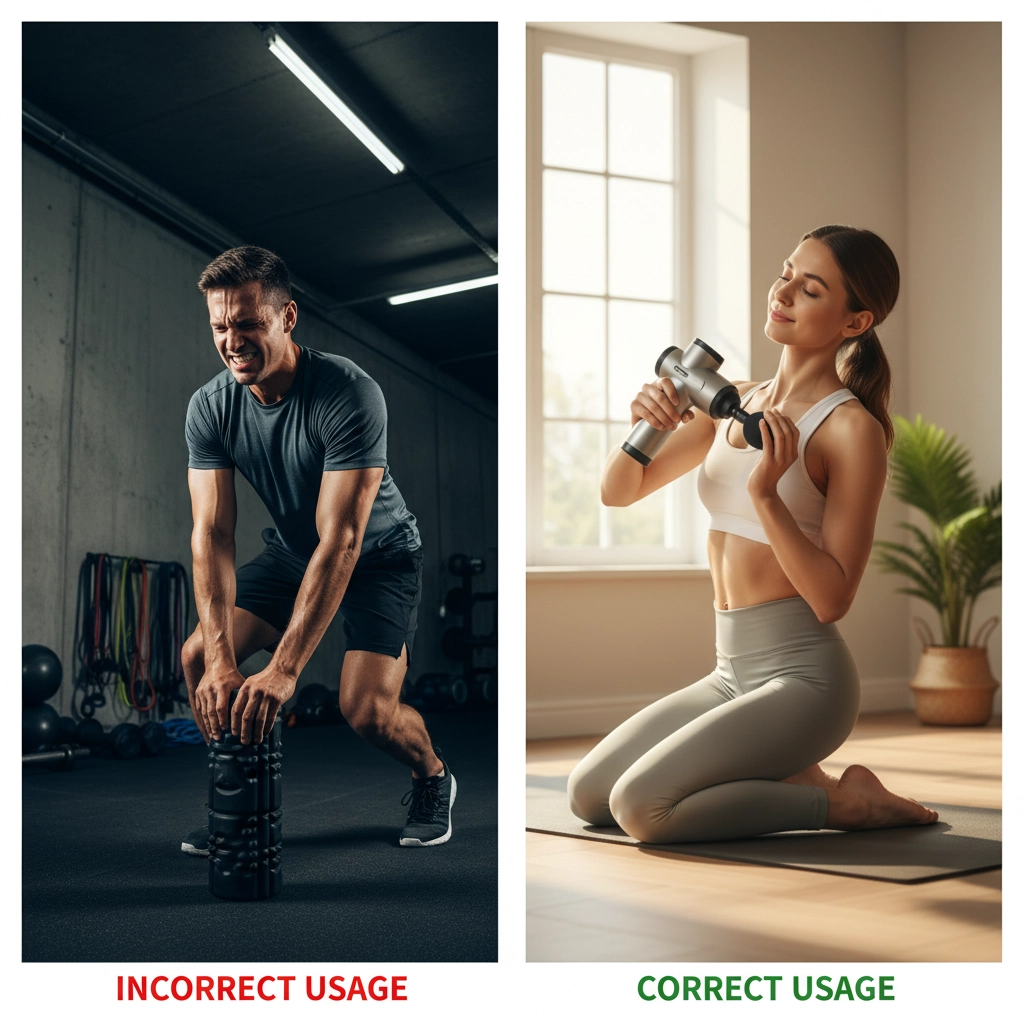Let's be honest: fitness experts aren't hiding recovery secrets from you. They're actually pretty open about what works and what doesn't. But here's what they do know that most people miss: the devil's in the details when it comes to recovery devices like cupping sets, massage guns, and breathing trainers.
The real "secret" isn't some underground knowledge. It's understanding how these tools actually work, when to use them, and most importantly, how to avoid turning your recovery routine into a recipe for injury.
The Truth About Recovery Device Hype
Walk into any gym today and you'll see people with massage guns, cupping marks, and all sorts of recovery gadgets. Social media influencers swear by them, athletes endorse them, and your buddy from CrossFit won't stop talking about his latest purchase.
But here's what fitness pros actually think: these tools work, but not for the reasons most people believe. And they definitely don't work miracles.

Cupping Therapy: Beyond the Instagram Photos
Those distinctive circular marks you see on athletes? They're from cupping therapy, and the science behind it is actually pretty straightforward: no secrets involved.
How Cupping Actually Works
Cupping involves placing small cups on your skin to create suction, which lifts the skin and underlying tissue. This negative pressure does three main things to your body:
Enhanced Circulation: The suction boosts microcirculation, delivering more oxygen and nutrients to your tissues while helping remove metabolic waste. Think of it like giving your blood flow a gentle boost in targeted areas.
Natural Pain Relief: Cupping stimulates endorphin release: your body's built-in painkillers. This isn't placebo effect; it's measurable physiological response.
Improved Fascial Mobility: Here's where it gets interesting. Cupping mechanically lifts and separates fascial layers (the connective tissue wrapping your muscles), reducing friction and improving how smoothly your muscles move.
The Real Benefits (And Limitations)
Research shows cupping effectively reduces chronic pain and speeds recovery after workouts. It's particularly useful for athletes dealing with muscle tension and mobility issues. Studies demonstrate significant improvements in range of motion and pain reduction, especially for joint problems.
But: and this is crucial: cupping isn't magic. It won't fix poor training habits, inadequate sleep, or terrible nutrition. It's a tool, not a cure-all.
Massage Guns: The Percussive Truth
Massage guns have exploded in popularity, and for good reason. These percussive therapy devices deliver rapid, targeted pressure to muscles, but the way most people use them misses the mark entirely.

What Massage Guns Actually Do
The rapid percussion increases blood flow and can help reduce muscle tension before and after workouts. They're particularly effective for:
- Pre-workout activation (think 30-60 seconds on target areas)
- Post-workout recovery (helping flush metabolic waste)
- Breaking up adhesions in fascia
- General muscle maintenance
The Expert Secret: Less is More
Here's what fitness pros know that weekend warriors don't: you don't need to pound away for 10 minutes per muscle group. Most benefits come from 30-90 seconds of targeted use. Overdoing it can actually increase inflammation and delay recovery.
The sweet spot? Light to moderate pressure, short duration, and focus on muscle bellies rather than joints or bones.
Breathing Trainers: The Overlooked Recovery Tool
This might be the biggest "secret" of all: your breath is your most underutilized recovery tool. Breathing trainers help you harness this power, but most people treat them like gimmicks.
The Science of Recovery Breathing
Controlled breathing directly impacts your nervous system, shifting you from fight-or-flight mode (sympathetic) to rest-and-digest mode (parasympathetic). This isn't woo-woo stuff: it's measurable physiology.
Proper breathing techniques can:
- Lower heart rate and blood pressure
- Reduce cortisol (stress hormone) levels
- Improve sleep quality
- Enhance focus and mental clarity
- Speed physical recovery
Breathing trainers provide resistance that strengthens your respiratory muscles while teaching proper breathing patterns. The result? Better oxygen efficiency during workouts and faster recovery afterward.

What Experts Actually Recommend
Here's the insider knowledge: fitness professionals use these tools strategically, not obsessively. They understand that recovery devices are supplements to: not replacements for: the fundamentals.
The Recovery Hierarchy
- Sleep: 7-9 hours of quality sleep trumps any device
- Nutrition: Proper fuel and hydration for repair
- Stress Management: Mental recovery is physical recovery
- Movement: Light activity and mobility work
- Recovery Tools: Cupping, massage guns, breathing trainers
Notice where devices fall on that list? They're helpful additions, not primary solutions.
Common Myths Debunked
Myth: More pressure/suction/intensity equals better results Reality: Optimal pressure varies by individual and application. Going harder often backfires.
Myth: These tools can fix any ache or pain Reality: Some conditions require medical attention, not DIY therapy
Myth: You need to use them daily Reality: Strategic use based on training schedule and body feedback works better
Myth: Expensive means better Reality: Proper technique matters more than premium price tags
The Risks Nobody Talks About
Here's where fitness experts get serious: these tools can cause real damage when used incorrectly.
Cupping Risks: Excessive suction can cause skin damage, bruising, and scarring. Using cupping on infections, varicose veins, or bleeding disorders can worsen conditions. Poor technique over nerve-dense areas can cause irritation.
Massage Gun Dangers: Too much pressure or duration can increase inflammation. Using them on joints, bones, or injured areas can cause damage. Some people develop dependency, thinking they need daily sessions.
Breathing Trainer Misuse: Overdoing resistance training for respiratory muscles can cause fatigue. Poor technique can reinforce bad breathing patterns.

Choosing the Right Recovery Tools
If you're ready to add recovery devices to your toolkit, start smart:
For Beginners
Start with a breathing trainer: it's low-risk, high-reward, and builds the foundation for all other recovery work.
For Active Individuals
Consider adding targeted massage tools from our training and recovery collection. Focus on quality over quantity.
For Athletes
Cupping can be valuable, but only with proper instruction. Consider working with a qualified practitioner first to learn correct techniques.
The Bottom Line
The real "secret" fitness experts know? Recovery devices work best when you understand their limitations and use them as part of a complete approach to health and fitness.
These tools aren't magic bullets, but they're not snake oil either. Used correctly, they can enhance your recovery, reduce pain, and improve performance. Used incorrectly, they can waste your money and potentially cause harm.
The smartest approach? Start with the fundamentals: sleep, nutrition, stress management, and proper training. Then, add recovery devices strategically based on your specific needs and goals.
Your body is incredibly good at healing itself when given the right conditions. Recovery devices can help create those conditions, but they can't replace them.
Ready to take your recovery game to the next level? Check out our complete range of recovery tools and remember: the best recovery device is the one you use consistently and correctly.

0 comments